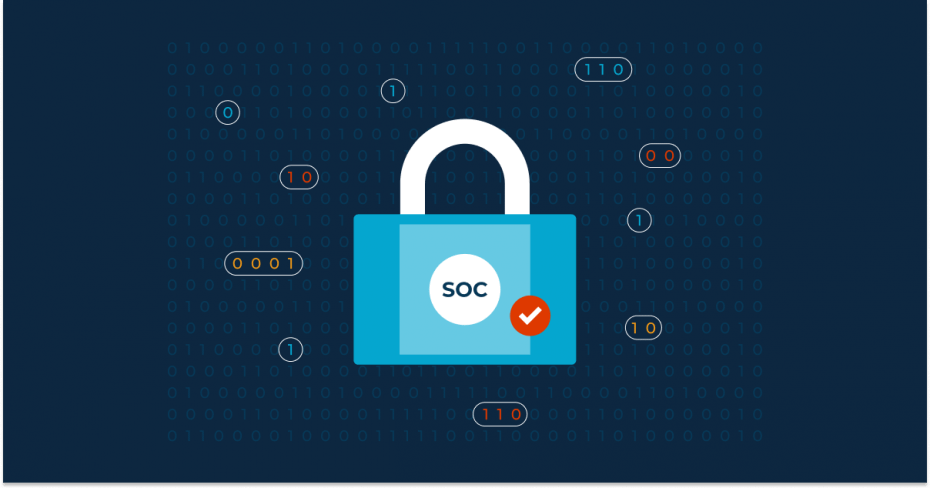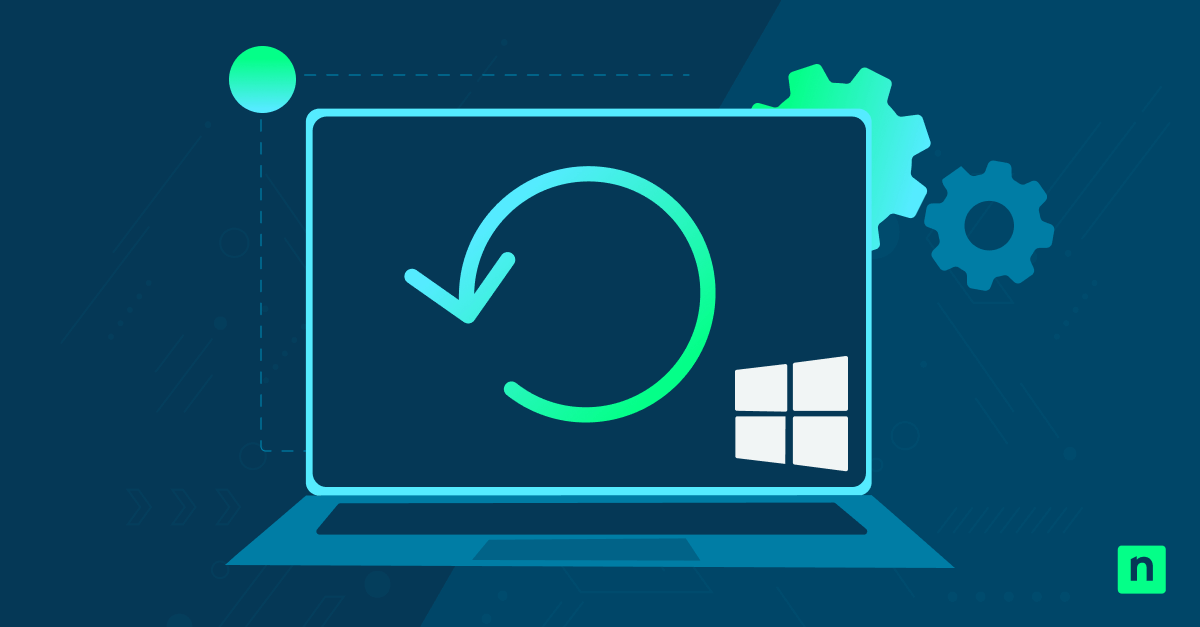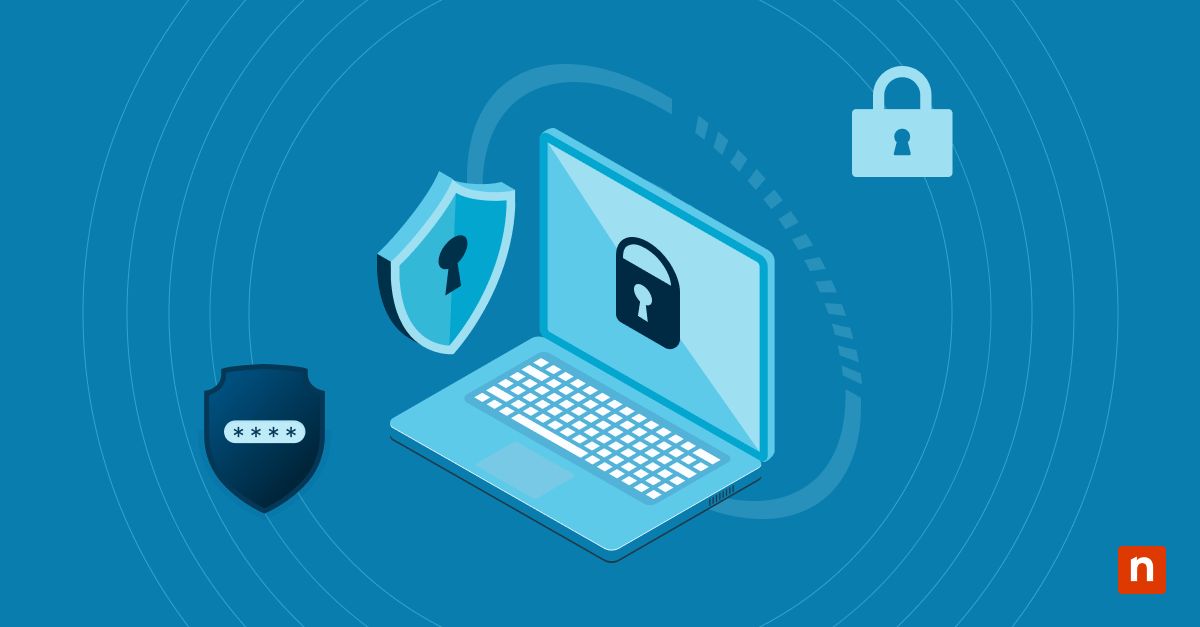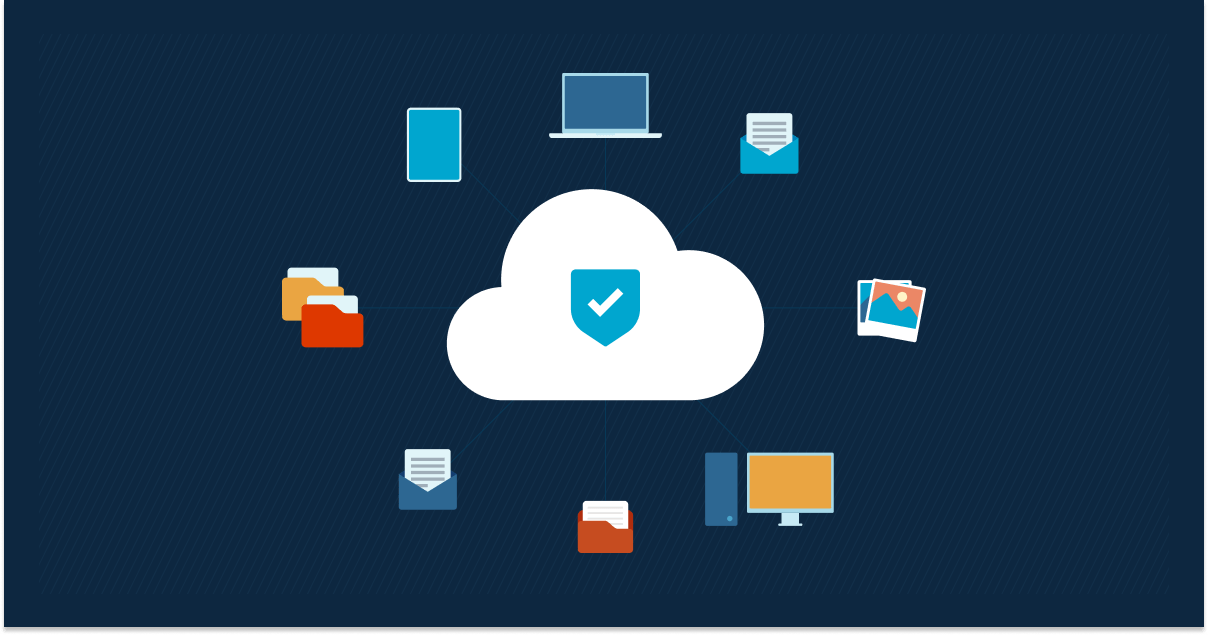IBM reports that the global average total cost of a total cost of a data breach in 2024 was $4.88 million. Data breaches are rising each year, with an ever-increasing cost, so it’s absolutely essential to be prepared and proactive in your data protection strategy.
When clients provide personal or business data to an MSP, they expect the provider to have proper policies and procedures in place to protect that data. Since businesses across all industries vary in their internal processes and type of data they handle, it makes it difficult to regulate and measure how effective they are at protecting data. Various organizations have created compliance frameworks to address this.
NinjaOne can help manage IT assets, automate maintenance, and enhance security while adhering to strict compliance standards.
What is SOC compliance?
System and Organization Controls (SOC) compliance is a compliance framework created by the American Institute of Certified Public Accountants (AICPA). It examines and audits service organizations to ensure that controls and processes are in place to protect client data that they have access to. The SOC compliance framework helps organizations know what they need to do or how they can improve to increase the security of data in their possession.
SOC compliance is a well-recognized framework and is very valuable to many organizations. Obtaining a SOC compliance report and certification provides evidence to your customers that you have the proper actions and protocols in place to protect their data. There are currently 3 types of SOC compliance, which are:
SOC 1
SOC 1 is a framework for the internal security controls and handling of financial data, including statements and reporting. A SOC 1 report attests that an organization has the necessary controls in place.
SOC 2
SOC 2 is a more generalized framework than SOC 1, and it’s a standard for service organizations. It covers the “Trust Services Criteria,” which includes the five categories of security, availability, processing integrity, confidentiality, and privacy. A SOC 2 report is a “restricted use” report, meaning that only the organization and current clients have access to the report.
SOC 3
SOC 3 covers the same information as SOC 2, but the generated report is for “general use.” When organizations are SOC 2 compliant and would like to use their compliance for marketing purposes, they require a SOC 3 report. SOC 3 is less formal and provides less detail, but it can be used widely.
What is a compliance framework?
A compliance framework is a guidelines structure used to regulate businesses and protect consumer data. Different frameworks are optimized to protect different types of data in various industries. Examples of other compliance frameworks include:
- General Data Protection Regulation (GDPR)
- International Organization for Standards (ISO)
- Health Insurance Portability and Accountability Act (HIPAA)
Payment Card Industry Data Security Standard (PCI DSS)
What is a SOC audit?
A SOC audit, conducted by a Certified Public Accountant (CPA), is an assessment of an organization to determine whether they have effective systems and controls in place to comply with the SOC requirements.
How to prepare for a SOC audit
To prepare for a SOC audit, gather your company’s policies, procedures, systems, and controls that will be needed. Identify areas in your processes and actions that might be problematic and cause issues during the SOC audit, and seek to resolve the gaps. Once you have prepared and have a solid security strategy in place, contact a SOC auditing firm.
When does an organization need a SOC audit?
Companies need to prove to their customers that they are very careful with their data; it helps them to be more reputable and trustworthy. The reports generated through SOC audits demonstrate to clients that the security of their data is important to the business and ensured through proper actions.
Automate IT asset management, security monitoring, and patching to support SOC 2 compliance with NinjaOne.
3 benefits of SOC compliance
1. Create and implement effective controls
By adhering to the SOC compliance framework and becoming certified, it enables you to establish controls and processes in your organization that effectively protect customer data. The requirements of SOC are fairly strict, standardized, and well-established, so they will help guide your business as you establish how client data is handled. You can feel confident when you’re working to become SOC compliant, or are already SOC compliant, you’re taking the necessary actions.
2. Evaluate and improve data security
Another benefit of becoming SOC compliant is that you’ll be able to evaluate your organization’s management of data and look for ways to improve it. The aim of SOC compliance is to protect your customer data by ensuring data privacy and preventing data breaches. The process of a SOC compliance audit and eventual certification allows you to assess your current procedures, determine whether they’re secure and align with the SOC framework, and make the necessary changes.
3. Obtain and keep clients
A SOC compliance certification shows other businesses and potential clients that you’ve gone through the process of adhering to the SOC framework. This is an external validation of your business’s controls, and more businesses will be open to working with you. Current clients are also more likely to keep doing business with you if they know proper actions have been taken to protect their information.
3 challenges of SOC compliance
1. Understanding the requirements
The requirements of SOC compliance can be extensive and hard to understand. For example, SOC 2 compliance has five different categories that service organizations must meet the requirements for, and it can be a challenge to know what the expectation is in each category as well as whether your business meets the expectations.
2. Difficult to obtain
SOC compliance is not something that businesses can easily obtain. Getting you SOC compliant and then validating that you’re SOC compliant is a difficult and lengthy process. Usually, you will need assistance from outside experts to help ensure you have the right controls in place to be compliant.
3. Expensive to conduct
Secureframe reports, “the average quote for a SOC 2 audit runs between $5,000 and $60,000.” That cost doesn’t include other preparation costs, training costs, and other costs that may come up. Since the compliance certification isn’t free or easy to obtain, SOC compliance is an investment for your organization.
Optimize your SOC 2 compliance efforts by leveraging SOC 2-certified IT platform NinjaOne.
Start a free trial or watch a demo today.
Use NinjaOne to help you achieve SOC compliance
SOC compliance is challenging to achieve, but the payoff is well worth it. If you’re a service organization that handles customer data, determine whether you should become SOC compliant, which SOC framework you need, and establish what needs to happen for your business to be certified. Additionally, check out our guide to customer data protection.
NinjaOne is SOC-2 certified and can help you effectively manage your customer data and achieve SOC compliance. Sign up for a free trial today to discover how you can better protect and manage your client data using our software.








